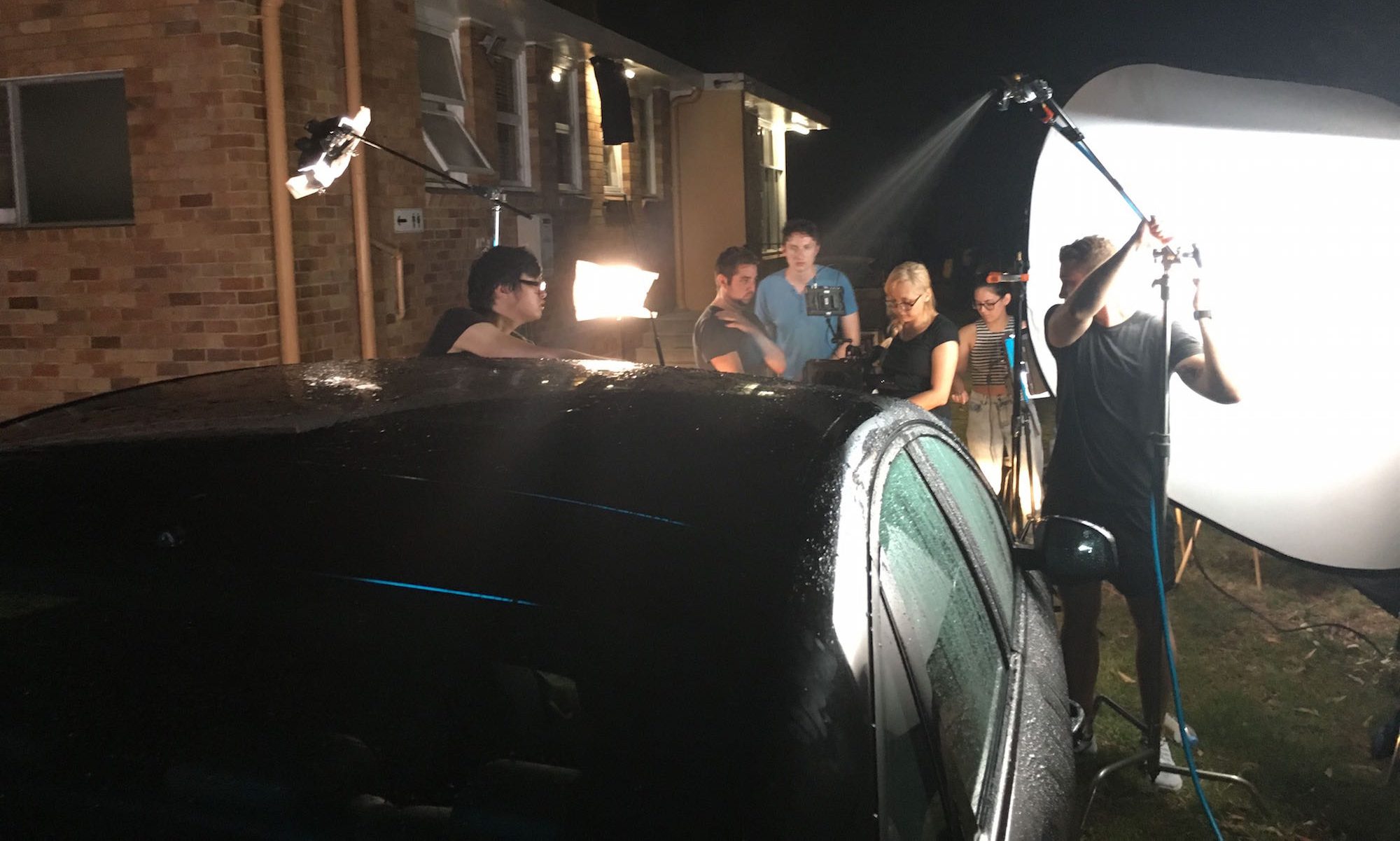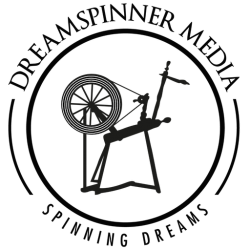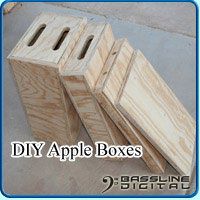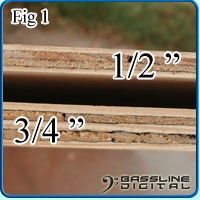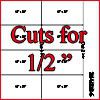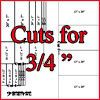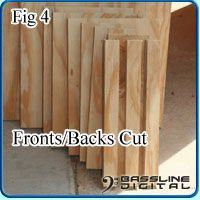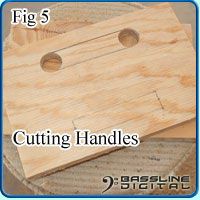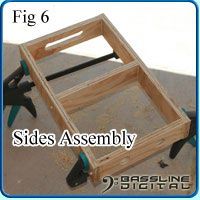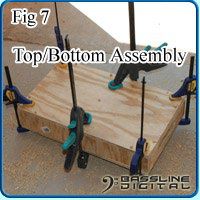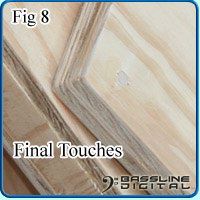Warning: You cannot contract out of the Requirements of Australian Employment Law and the National Employment Standards. Stop it!
Every low budget and indie production wants to know what agreement to work under. The common answer is the Motion Picture Production Agreement (MPPA). Sometimes referred to as the Motion Picture Production Certified Agreement. (MPPCA)
Aside: For truly indie non-commercial projects there is a way not to pay everyone involved. No, I'm not going to explain it publically because you goblins will abuse it. Get in touch if you want to discuss it. No, you won't like the process and I don't recommend it for most productions.
But the MPPCA expired in 2013. The C stood for Certified. And certainly not Collective, I’m looking at you Screen Producers Australia. Now that it expired it is just the Motion Picture Production Agreement MPPA. Nothing about that agreement is certified anymore.
The other agreement you can use for motion picture production in Australia is BRECA the Broadcasting, Recorded Entertainment and Cinemas Award [MA000091]. This is the modern award and compliant with National Employment Standards.
The Media Entertainment & Arts Alliance is the union that represents Performers (the Actors Equity division) and Crew (Entertain Crew & Sport)
My opinion was SPA didn’t want MPPA any more, and MEAA wanted the Offshore Productions crew rates more than MPPA, neither has forced a deal.
MEAA increases their version of MPPA by the percentage that all awards are increased every year. SPA just increased their version by CPI minimum until BRECA caught up. SPA now increases their MPPA by whatever BRECA goes up by. The result is the discrepancy you see.
Reality is that BRECA now pays the same as SPA’s MPPA, and in some cases BRECA pays more. It is illegal to pay less than BRECA. So you can’t say “we’re paying SPA’s MPPA” and be 100% legal. You can be 100% legal with MEAA’s MPPA.
On page 5 of SPA’s version it says
If you are paying only minimums on an MPPCA contract, that also means that you are paying the Award (BRECA) safety net minimums. In this situation, you will need to consider the 5 BRECA provisions (in Part 13) that are different, potentially more employee-beneficial to ensure you provide terms and conditions no less than the Award:
- Any crew personnel starting work before 7.00am is entitled to a 25% loading on the Award hourly rate for each hour of work before 7.00am. Under the MPPCA, crew can start from 6am without payment of this loading.
- If crew personnel work ordinary hours between 8.00pm to midnight on a Friday night, you must pay a loading of 50% of the Award hourly rate for each of these hours. Under the MPPCA, this loading is 25%.
- Crew personnel starting work before 7.00am on Monday having performed work on either the Saturday or Sunday preceding, are entitled to a 100% loading on the Award hourly rate.
- Under BRECA, the employer can nominate the place of call within 25 km of the GPO in your capital city. If the place of call is outside the 25 km radius, then the employee is entitled to be paid travel time at an amount of two minutes for each kilometre of distance between the 25 km radius and the location, using the shortest practicable route by road between the employer’s usual place of business and the location. Under the MPPCA, the radius is 20 km but travel time outside that radius is 1 minute for each kilometre of distance beyond the radius. The MPPCA calculation is likely to favour the employee in this situation, but you should check this to ensure a minimum-pay employee is not disadvantaged.
- Under BRECA all casual crew must be paid no less than the minimum hourly wage plus a loading of 25% (rather than the lower MPPCA loading of 20%).
FYI Casual crew are defined as Daily hires not Weekly hires.
The producers could schedule production to ensure they don’t fall foul of these traps.
I believe that if you can’t pay everyone according to SPA’s MPPA without lots of exceptions, and double checking a whole new award, it isn’t a reliable agreement.
Therefore there are only two choices for agreements to work under at the moment: BRECA or MEAA’s version of the MPPA.
